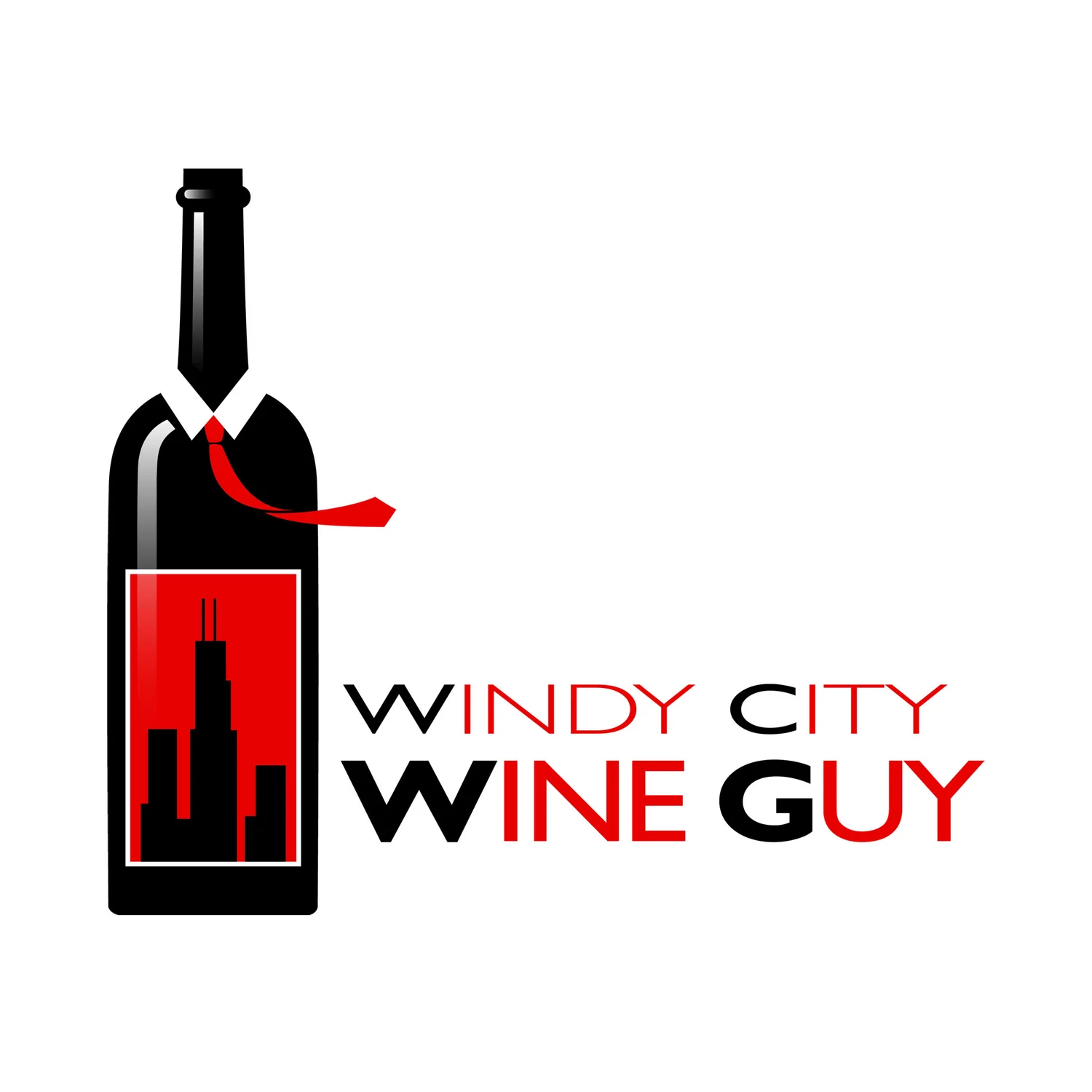Which Wines Represent the Candidates?
/ Everybody knows the Presidential candidates and their running mates have personality. Well, wine has a lot of personality too. For a little fun, the Windy City Wine Guy would like to see which wines and varietals match the candidates.
Everybody knows the Presidential candidates and their running mates have personality. Well, wine has a lot of personality too. For a little fun, the Windy City Wine Guy would like to see which wines and varietals match the candidates.Lets have some fun and start pairing the candidates up with wine!
John McCain. I like an old vine grenache (mainly from California or Australia) for Mr. McCain. The two are very much alike. Worn and beaten for quite some time and still able to come back. High alcohol and spice for a big temper. Not moderately priced, mostly for those with money to burn. Creates a big bold wine that is ready to drink now, but likely not to last.
Sarah Palin. Definitely like a Cabernet Sauvignon from Napa Valley. Very bold and beautiful with a big mouth. A go-to wine for novice drinkers that can be outmatched by domestic and foreign counterparts. Dressed in expensive labels and bottles to go with a steep price tag, but mostly overpriced.
Barack Obama. Pinot Noir from Willamette Valley, Oregon. Recently grown in this area and became a huge hit in a short period of time. Not a whole lot of experience and can be a bit dry, but turning out a calm, superior product. Producing wines in all price ranges for the masses. These wines will get better with age.
Joe Biden. Zinfandel. This is a working class grape which can produce an abundance of fruit. It can go off on a tangent or in the wrong direction if it gets out of control. Works in multiple facets as rose, red, and late harvest and relatable to most tastes. Can be a bit rough around the edges but is always full and approachable. Is an international grape with a respected name in other countries.
These wines and candidates all have their plus and minuses but can be fun to experience. See which one fits you by drinking some with a bit of MSNBC, CNN, or Comedy Central!
I of course have my own beliefs and will be voting with them this coming Tuesday. I have the utmost respect for the Democratic process and every human being's right to vote. Many brave Americans have served, as I have, and also died to gain and preserve it. Many activists have stood up in the face of aggression and stood up for rights, including the right to vote. So make sure you give them, the process, and yourself the proper respect and VOTE!
(Image courtesy of Flickr)
























